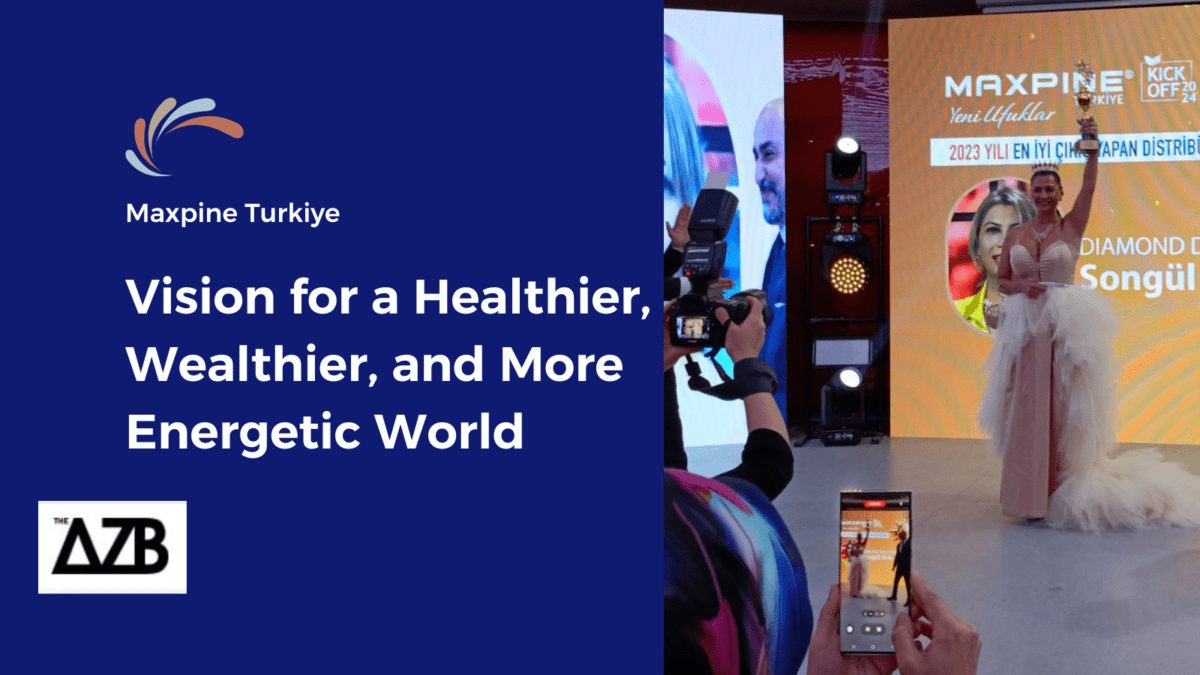My father, Ikram Sehgal, remembers US propeller driven C74 Globemasters landing every 30 minutes or so in 1954 in (then) Dhaka Airport (Tejgaon) bringing flood relief material to cope with the devastating floods than engulfing East Pakistan (now Bangladesh). The relief material, blankets, milk powder, butter oil, etc mostly got sold in the markets in Dhaka. To a much lesser extent this was repeated during the horrific 1970 cyclone that devastated the East Pakistan coastal districts, and then again the 2005 Earthquake in Pakistan.
With far greater accountability 80-90% of the relief material borne mostly Army MI-17s and US Chinooks in 2005 and Army MI-17s \and US Sea Kings in 2010 does reach the affectees. However the cash disbursed by hand could not really be accounted for. The mechanism that did work was the relief funds disbursed during the 2010 floods by the Ehsaas (as BISP was then named) under Dr Sania Nishtar. Subsequently it was it was discovered that hundreds of thousands of beneficiaries were not eligible at all, mostly bureaucrats and political favorites. This sorry phenomena is not confined to Pakistan, it is true the world over for both natural and man-made disasters. While most relief material is nowadays delivered by a transparent and speedy process, through credible technology accurate cash distribution is doable. However, getting cash to them is not enough, whatever destitute do manage to get, how and where will they use it?
To add to facing the Covid19 and high inflation in the last two years the death and devastation by the recent flooding in Pakistan increased the misery of the poor. Almost 60-70 million people are affected, 15-16 million families need urgent aid. UN Chief Antonio Guterres was visibly dismayed by the unprecedented damage to life and property he called the natural disaster “unnatural”. Immediate food and medical relief by the Government, mainly through the Army, has been effective, a constant and credible payment mechanism that disburses money quickly and efficiently in a transparent manner is a dire necessity.
Our living in a digital age means we have all the required resources and means like infrastructure and technology in place to activate the World Bank’s innovative “financial inclusion” initiative “Asaan Mobile Account” (AMA) Scheme, launched under the slogan “Aam Aadmi Ki Azaadi” (the common man’s independence). With 80% of the adult population without bank accounts, 5.5 million accounts already and counting is something. More importantly while the national average of women accounts in regular banking is 18%,in AMA it presently is 44% (around 2.4 million), a giant step for financial inclusion of women. Moreover, working on the USSD platform AMA doesn’t require any internet or smartphone for acquiring the financial services, the many-to-many USSD platform is unique, with many (banks) connected to many (telcos). The present relief distribution is overwhelmingly based upon the honesty of bureaucratic and/or political persona, a fair amount of the cash financial aid is susceptible to being siphoned off end up in the pockets of those who are not affectees.
Working night and day on the ground Army teams providing evacuation to safer areas and necessary relief services can open AMA’s based on their NIC details (NIC no and date of issue) in less than 2 minutes for each affectee and simultaneously prepare lists of each of affected family heads. This data compiled at various levels within the Army units and formations can then processed either by National Disaster Management Authority (NDMA) or National Command and Operation Center (NCOC) in no time at all. “Asaan Mobile Accounts” of those actually affected can then use by the Government to instantly and credibly disburse funds in a transparent manner with real-time visibility and accountability. The bank branches of any of the 16 banks having branchless licence in the vicinity of the affected can open an AMA Account registered with any one of them. The Kiryana (grocery) stores, Utility service shops, medical stores, etc in the vicinity of the affected families can also open the Asaan Mobile Account for “Person to Merchant” (P2M) payments remotely by allowing merchants to be on-boarded on Person- to-Person (P2P) which in any case is unofficially working efficiently and in place already today. The agent interoperability factor force-multiplies the benefits to the flood affectees, allowing them easy access to multiple agents of any of the participating banks and telcos. This will facilitate the affected people to transact their requirement digitally, it will also provide end-to-end visibility of utilization of relief funds. This will also enrich the data set for future Government-to-Persons (G2P) programs as well as improving on the Registration processes like SMS and thumb impressions which are cumbersome and neither reliable nor applicable in such conditions.
The critical factor in the overall scenario is the transparent collection of data from the ground that is required in all natural and/or man-made disasters all over the world.
The variations of this unique many-to-many platform, created wholly and solely in Pakistan are many, it can also facilitate payments to refugees in Europe from Asia, Africa and now from Ukraine. What about the disasters in the developed world because of typhoons, earthquakes, floods, etc. What about war ravaged collateral damage? What about their inner cities? More importantly it is a mode to track those to whom the funds have been disbursed. The stark choice to refugees and recipients, to accept the cash they must allow themselves to be tracked. Over a dozen years ago the International Organization of Migration (IOM) (my father was a Member of the Business Advisory Board (BAB) for nearly 10 years), under than DG IOM Brunson McKinley, tried this approach. On a limited scale M-Paisa and like platforms can emulate this but not on the extent and scale with the flexible digital variation available in Pakistan. State Bank of Pakistan (SBP), Pakistan Telecommunication Authority (PTA), Third Party Service Provider (TPSP), telecom Operators, and financial institutions are all crucial stakeholders already providing such financial services which can be used by the flood-affected people remotely. All we need to do is to plan the way forward with an open mind while trusting the available technology.
SBP and PTA are to be commended for having facilitated creation of a tremendous technological platform for quick and efficient well targetted money and credible distribution coupled with a payment gateway. In an almost a wartime scenario, can all the man-made bureaucratic roadblocks be overcome? Will a pragmatic mechanism already available today be made operational on a wartime basis to alleviate the sufferings of the flood affectees in a credible manner? Otherwise where there is no accountability, transparency, and/or accurate and credible tracking of relief funds, we might as well throw cash instead of food packets on flood affectees from a helicopter.
















